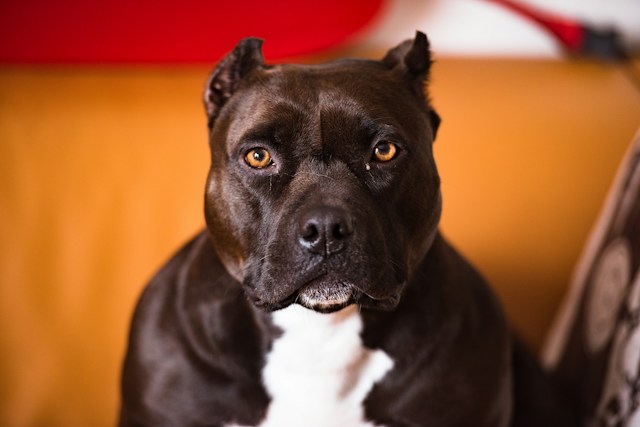Introduction: The world of dog ownership is diverse, with countless breeds known for their unique characteristics and temperaments. However, certain breeds face restrictions and regulations due to misconceptions, stereotypes, or historical incidents. In this blog post, we’ll explore the top 10 restricted dog breeds, shedding light on the reasons behind these regulations and providing a more nuanced understanding of these often misunderstood canines.
Pit Bull Terrier: Perhaps one of the most controversial and widely restricted breeds, the term “Pit Bull” often encompasses several breeds like the American Pit Bull Terrier, Staffordshire Bull Terrier, and American Staffordshire Terrier. Misconceptions surrounding aggression have led to breed-specific legislation in various regions, impacting responsible owners of well-socialized Pit Bulls.

Rottweiler: Rottweilers, known for their loyalty and protective instincts, are sometimes subject to restrictions due to their size and perceived strength. While Rottweilers can be excellent family pets with proper training and socialization, their imposing appearance has contributed to breed-specific regulations in certain areas.
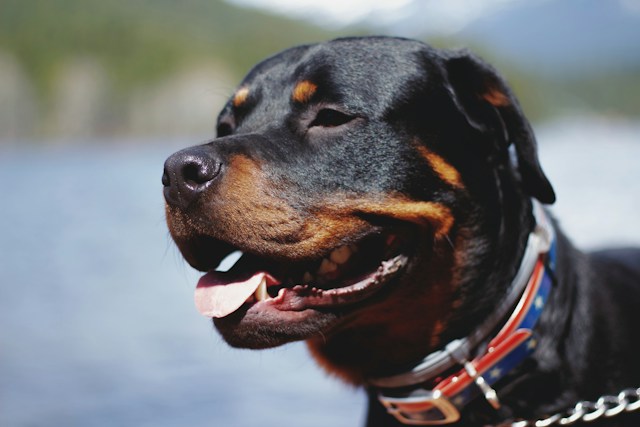
German Shepherd: German Shepherds, renowned for their intelligence and versatility, are occasionally on restricted breed lists. This restriction may stem from concerns about aggression or misunderstanding the breed’s protective nature. In reality, German Shepherds make exceptional working dogs and loving family companions when properly trained.
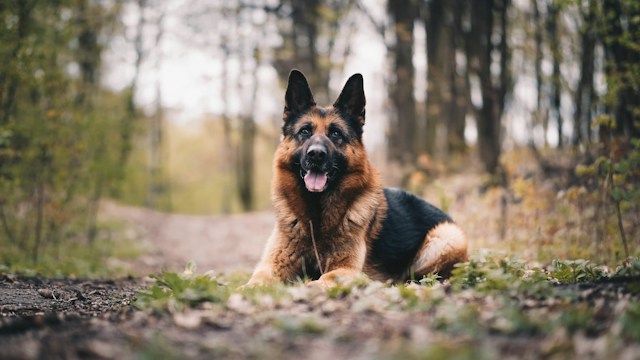
Doberman Pinscher: Dobermans, valued for their loyalty and trainability, have faced restrictions due to historical misconceptions about their aggressive tendencies. In truth, Dobermans can be gentle, affectionate, and highly obedient, making them suitable family pets when raised with care.
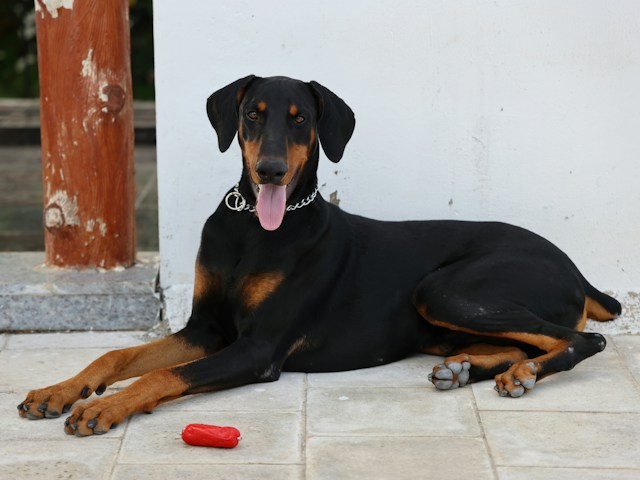
Siberian Husky: Siberian Huskies, known for their striking appearance and energetic nature, are sometimes restricted due to concerns about their exercise needs and potential for escape. While Huskies do require an active lifestyle, responsible ownership and proper containment can mitigate these concerns.
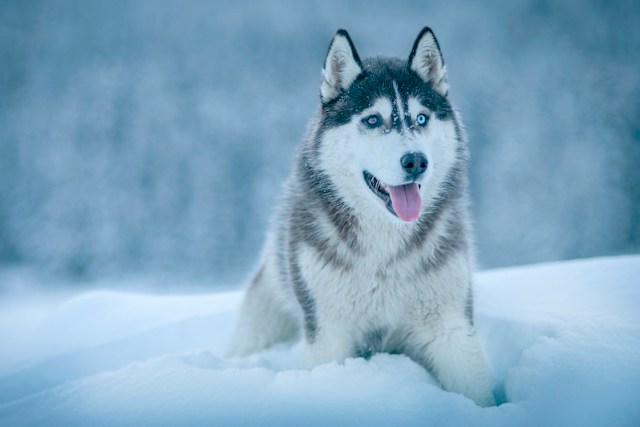
Alaskan Malamute: Similar to Siberian Huskies, Alaskan Malamutes face restrictions related to their size, strength, and exercise requirements. These majestic dogs thrive in environments where they can expend their energy and enjoy positive interactions with their owners.
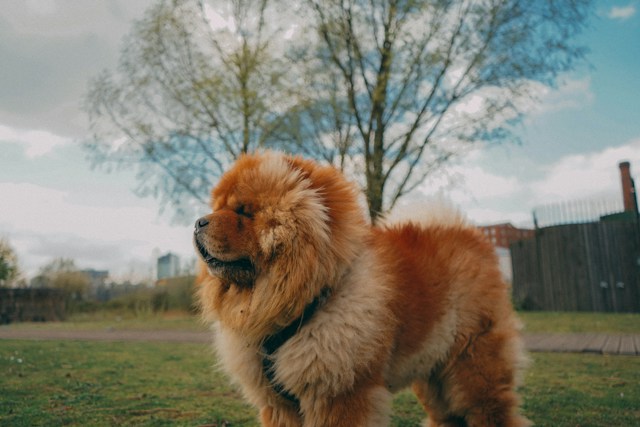
Akita: Akitas, prized for their dignified demeanor and loyalty, may encounter restrictions due to concerns about aggression, especially toward other animals. Proper socialization and training are crucial for Akitas, ensuring they grow into well-behaved companions.

Chow Chow: Chow Chows, known for their distinctive lion-like mane, have faced restrictions related to their aloof nature and potential for territorial behavior. Early socialization and consistent training can help Chows become affectionate and well-mannered family members.
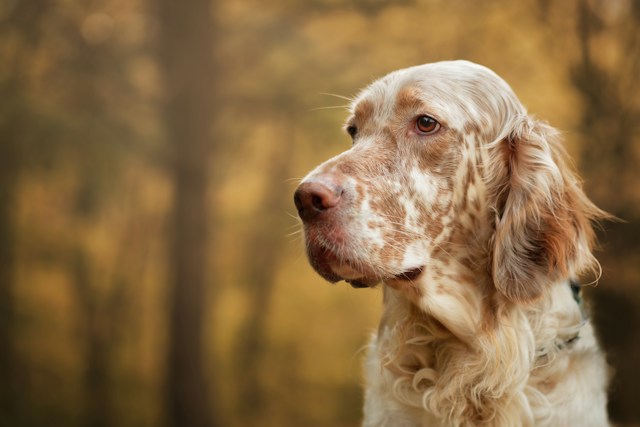
Wolf Hybrid: Wolf Hybrids, a mix of domestic dogs and wolves, are often subject to restrictions due to concerns about unpredictable behavior and the challenges of responsible ownership. The inclusion of wild genes can result in unique care requirements and potential safety risks.
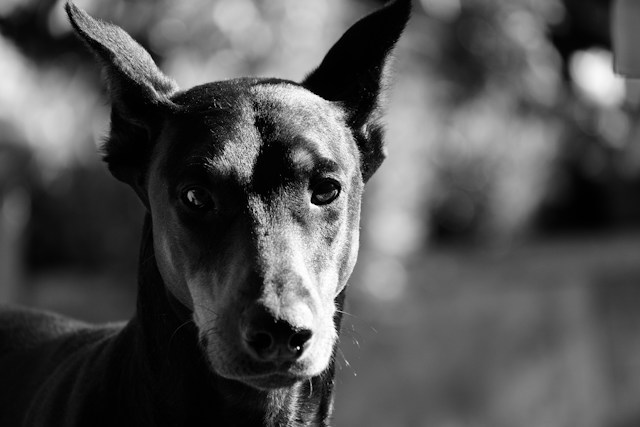
Bullmastiff: Bullmastiffs, bred for their guarding instincts and gentle nature, can face restrictions due to their size and perceived guarding capabilities. Proper training and responsible ownership are crucial for ensuring Bullmastiffs integrate well into family life.

Conclusion: While certain dog breeds face restrictions in various regions, it’s essential to approach these regulations with an understanding of individual temperament, responsible ownership, and proper training. Breed-specific legislation often oversimplifies the complex nature of dog behavior and may lead to the unfair stigmatization of certain breeds. By focusing on responsible ownership, socialization, and education, we can create safer and more inclusive communities for both dogs and their human companions.
